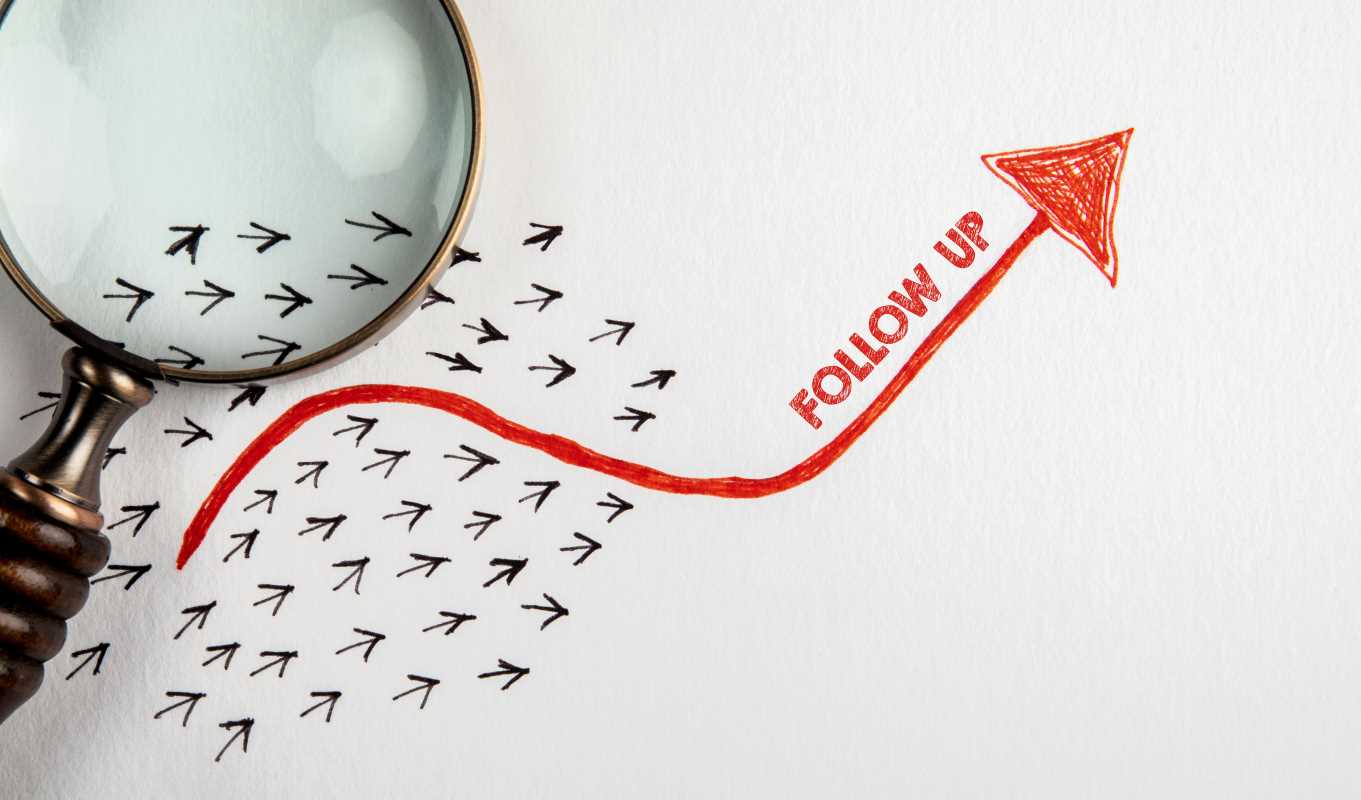In the world of networking, one of the most powerful things you can do is connect two people who can benefit from knowing each other. However, a truly great introduction is more than just firing off an email with two names CC'd. It's a thoughtful, strategic act that can forge powerful new alliances, solve problems, and create immense value for everyone involved—including you. Mastering the art of the strategic introduction transforms you from a simple contact into a valuable connector. This skill not only helps others but also strengthens your own professional standing, building your reputation as someone who is generous, insightful, and well-connected. When done correctly, a single introduction can be the catalyst for a new partnership, a career move, or a game-changing business opportunity.
Give First
Before you can make a great introduction, you need to adopt a "give first" mentality. The goal of a strategic introduction is not to get something in return. It’s about genuinely wanting to help two people in your network by connecting them. This selfless approach is what makes the act so powerful. When you focus on creating value for others, you build a deep well of goodwill and trust. People remember who helped them and are more likely to want to help you in the future. A connector's mindset is one of abundance—the belief that by helping others succeed, the entire network becomes stronger, and opportunities multiply for everyone.
Identifying the Right Opportunity
A strategic introduction is all about relevance and timing. Randomly connecting people just because they are in the same industry is often unhelpful and can even be annoying. The magic happens when you spot a specific, timely reason for two people to connect. This requires you to be an active listener in your daily conversations and a keen observer of your network's activities.
Listen for key phrases when you talk to your contacts. Are they mentioning a problem they are trying to solve, a skill they are looking to hire, or information they are trying to find? These are all potential opportunities for an introduction. For example:
- If a friend mentions they are struggling with their small business's accounting, you can connect them to a reliable accountant you know.
- If a colleague is looking to transition into a new industry, you can introduce them to someone in your network who has already made a similar move.
- If you see two people in your LinkedIn feed talking about the same niche topic, you can connect them to share insights.
The key is to connect the dots between one person's need and another person's expertise or experience.
The Double Opt-In
Before you ever make an introduction, you must get permission from both parties. This is called a "double opt-in," and it is the golden rule of respectful networking. Firing off an unexpected introductory email can put people on the spot and create an awkward obligation. It also assumes that both people have the time and interest to connect, which may not be the case.
Here’s how to do it properly. First, reach out to each person individually. Your message should be brief and to the point. Explain who the other person is, why you think they should connect, and what the specific value would be for them. For example, you might email your accountant contact and say, "I have a friend who is looking for accounting help for their new business. Would you be open to me making an introduction?" This gives them an easy way to decline if they are too busy or if it's not a good fit. Only after you receive a "yes" from both people should you proceed with the actual introduction.
Crafting the Perfect Introduction Email
Once you have permission from both sides, it's time to write the introduction email. A great introductory email is clear, concise, and makes it easy for the two people to take the next step.
Start with a clear subject line, such as "Intro: [Person A Name] <> [Person B Name]." In the body of the email, briefly re-state why you are connecting them, highlighting the mutual benefit. Refresh each person's memory of who the other is by providing a one-sentence description of what they do. Make sure to include a link to each person's LinkedIn profile so they can learn more about each other.
The most important part of the email is to clearly state the call to action and then gracefully bow out. End your email with a phrase like, "I'll let you two take it from here!" or "Person A, I'll let you follow up to schedule a chat." This hands off the conversation and removes you as the middleman. Your job as the connector is done.
Closing the Loop
While your main role is finished after the introduction is made, a quick follow-up can add a final touch of class and help you understand the outcome. A week or two after the introduction, you can send a brief, private message to one or both parties to see if they were able to connect and if it was helpful. This shows that you genuinely care about the outcome of your introduction. It also provides valuable feedback. Knowing which introductions were successful helps you become an even better connector in the future. By following these simple but powerful steps, you can turn networking into a meaningful practice of building a stronger, more connected professional community.
 (Image via
(Image via





